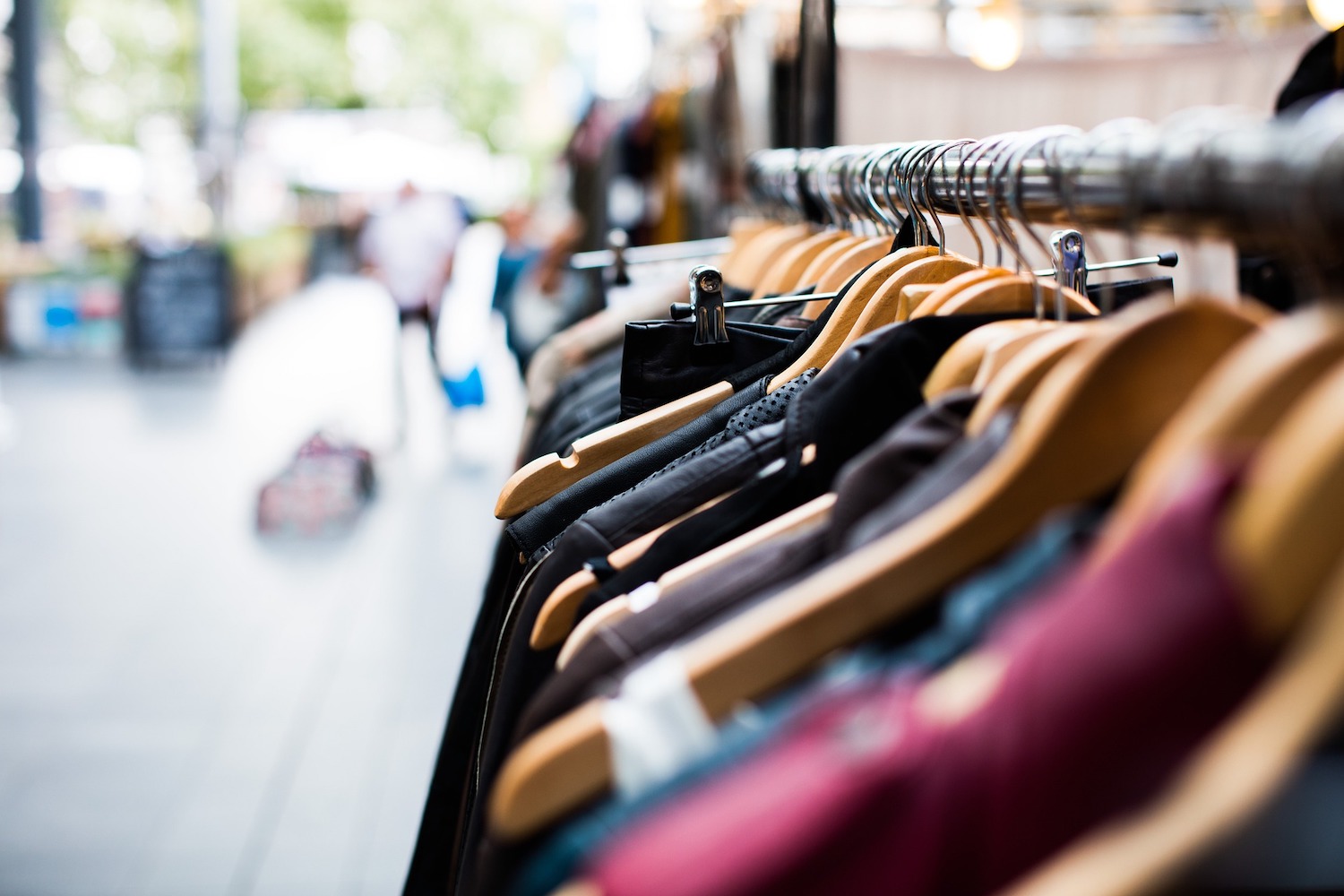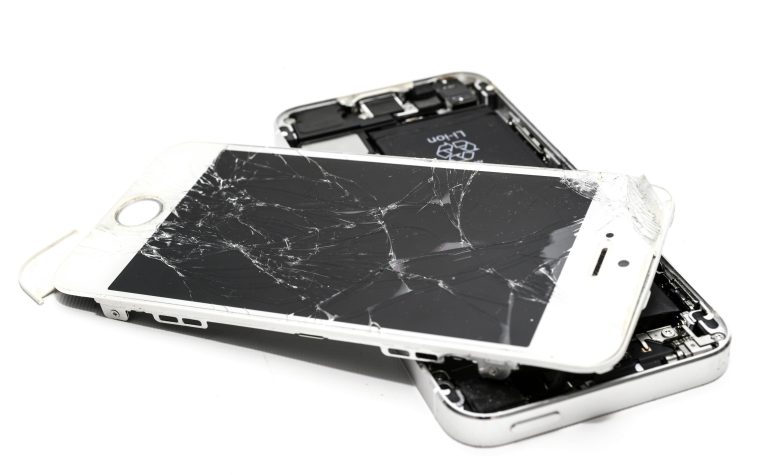– Teresa Madaleno:
A lot of the environment-related news we read and hear about is negative; however, it looks like we will see more positive progress in terms of the environment over the next couple of years.
Here are just a few examples that give us reason to be hopeful about the future:
Clean Energy
We live in a global world so what happens on one side of the world, impacts the other side of the world. This couldn’t be truer when it comes to the environment. For example, countries that are high energy users are negatively affecting the atmosphere, which in turn has weather implications elsewhere. The good news is that many emerging nations have developed plans to reduce dependence on fossil fuels. The Just Energy Partnership is a new financing program that will help nations make the switch from dirty energy to clean energy at a more affordable cost. We have been calling for inclusive ways to help cash-strapped countries reduce their use of dirty energy and now it’s happening. Additionally, international energy agencies report that global investments in energy efficiency reached USD 560 billion in 2022, an increase of 16 percent from 2021. Much of that can be attributed to energy saving tools developed thanks to our digital world. For instance, Sparta can provide its customers with a platform that can help optimise a building’s environment, energy, maintenance, and health, thanks to a relationship with Metrikus. This is just one example. There are countless others.
Smart Agriculture
For the first time ever, food industry experts are working together to address the damaging impacts of climate change. As a company that strongly believes in collaboration, Sparta applauds these experts. In addition to companies working together, more governments around the world are helping to fund climate smart agriculture methods and tools. Farming will get greener in 2023. Recently, the Financial Post reported that new research supported by the Royal Bank of Canada shows that the country is on the verge of a green revolution in agriculture. In fact, there is an “explosion” of innovation, environmental stewardship and productivity coming. We are already changing how we grow things and how we raise livestock by implementing new technologies.
Electronic Upcycling
Remember when your grandfather would take a broken tool or other object and instead of throwing it in the trash, he would turn it into something else; something that was of better value? Well, that is what is happening with e-waste. More than 50 million metric tonnes of e-waste are generated globally every year, but people are starting to realize the value in that waste. For example, at Sparta’s e-waste recycling/upcycling facility, just about anything that comes through the door can be transformed into something new and valuable, thus diverting it from the landfill. Today, countries that didn’t have electronic recycling just a few years ago, are now home to busy e-waste recycling facilities. In December, Sparta opened one of the first industrial scale e-waste recycling facilities in the Middle East.
A Second Life for Clothing
Just under 50 percent of Millennials and GenZ respondents in a 2021 survey said they like to spend money on second hand items. This is reflected in the marketplace. Value Village is a good example. It started back in 1954 in the United States with just one store and the number of outlets is still growing. There are now well over 300 of the second-hand shops across the world – 130 right here in Canada. Over the last few years, several independent thrift shops, especially in the clothing category have opened in provinces across Canada. Let’s give a shoutout to Vintage Depot in Toronto, Ontario, Wildlife Thrift in Vancouver, British Columbia, and Le Magasin du Chaînon in Montreal, Quebec, just to name a few. It is also good to know that many leading environmental universities around the world are working hard to develop sustainable textiles, including materials made from natural resources and agricultural waste streams like stems, straw, and leaves. Have you heard of Tencel? It’s an award-winning fabric made from wood pulp. There is also Pinatex, an alternative to leather that is made from pineapples, as well as Econyl, a project that takes industrial plastic waste, old fabrics and even fishing nets that we often see floating in our lakes, rivers, and oceans and turns them into a replacement for nylon. Special technologies are also in development to make it possible to recycle clothing materials that have traditionally been impossible to disassemble and reuse.
There are many other advancements in the green space, but the point is, where there are problems, there are often creative, driven people close behind who are developing solutions.
Teresa Madaleno is a former journalist, author, and communications consultant. She is Harvard certified in the Health Impacts of Climate Change and has a certificate in Circular Fashion from Wageningen University in the Netherlands.



